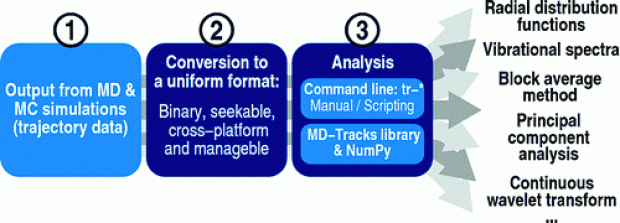Critical analysis of the accuracy of models predicting or extracting liquid structure information
Abstract
This work aims at a critical assessment of properties predicting or extracting information on the density and structure of liquids. State-of-the-art NVT and NpT molecular dynamics (MD) simulations have been performed on five liquids: methanol, chloroform, acetonitrile, tetrahydrofuran and ethanol. These simulations allow the computation of properties based on first principles, including the equilibrium density and radial distribution functions (RDFs), characterizing the liquid structure. Refinements have been incorporated in the MD simulations by taking into account Basis Set Superposition Errors (BSSE). An extended BSSE model for an instantaneous evaluation of the BSSE corrections has been proposed, and their impact on the liquid properties has been assessed. If available, the theoretical RDFs have been compared with the experimentally derived RDFs. For some liquids significant discrepancies have been observed and a profound but critical investigation is presented to unravel the origin of these deficiencies. This discussion is focused on tetrahydrofuran where the experiment reveals some prominent peaks completely missing in any MD simulation. Experiments providing information on liquid structure consist mainly of neutron diffraction measurements offering total structure factors as the primary observables. The splitting of these factors in reciprocal space into intra- and intermolecular contributions is extensively discussed, together with their sensitivity in reproducing correct RDFs in coordinate space.

 Open Access version available at
Open Access version available at 
![Atomic Velocity Projection Method: A New Analysis Method for Vibrational Spectra [...]](http://molmod.ugent.be/sites/default/files/styles/large/public/ERC_atomic.jpg?itok=qnPTheyw)